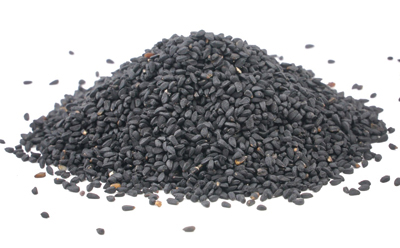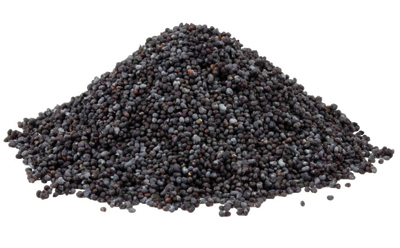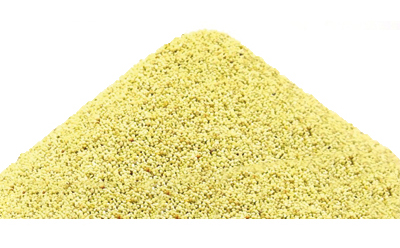Cumin
Cumin is a plant belonging to the family Apiaceae. The plant, which is called Cumin or “Jeera”, consists of small seeds of plants growing in the Mediterranean countries. It blossoms between the months of May and June. Its flowers are white and light pink. Cumin is used to add flavor to many dishes. In addition, cumin also contains many vitamins and minerals that are beneficial for human health. It contains approximately 100 different types of chemical components; including black cumin seeds, protein, carbohydrates, minerals, and fatty acids. Cumin, which literally packs protein, is also very rich in vitamins and minerals.
Fennel
Fennel from the Apiaceae family is used as a source of healing since ancient times. It contains valuable minerals such as sodium, potassium, magnesium, phosphorus, as well as vitamins A and C. Fennel’s seed, oil and leaves can be used; and it can also be consumed by transforming into tea, soap, syrup, and tincture. The plant grows in wild in the Northeast Anatolia region of Turkey, and it is possible to grow it in almost all regions of Turkey. It’s typically consumed as tea. However, seeds can be also consumed by chewing. A natural antibiotic, fennel is effective against skin infections.
Black Sesame
Black Sesame is a thin-leafed and grassy field crop. It grows in the wild or gets cultivated in mild and warm climates; Balkans, North Africa, Middle-East and India. In Turkey, its cultivation is made in the regions of Aegean, Afyon, Isparta, Burdur, and Thrace. Small black sesamoid grains used as black sesame, are seeds in capsules growing on plant branches. It contains protein and vegetable oils in abundance. Other than that, it contains a sufficient amount of vitamin A, vitamin C, vitamin B, and phosphorus. Black cumin is used in the treatment of diseases all over the world for thousands of years. The use of black sesame oil, seeds and capsules have increased due to the health benefits of black sesame.
Thyme
Thyme is the type of green, short-stemmed or stemless plant from Labiatae family, which grows in hot temperatures and arid lands, changes in height between 15-40 cm. Thyme is collected before the end of the summer just before blossoming. Thyme is a kind of plant that brings flavor to our food while also contributing to our health. It contains vitamins A and C, calcium, sodium, potassium as well as many minerals and essential oils. Due to its unique scent and aroma; thyme, at every meal, especially the meat dishes and salads, finds its place for bringing more flavor into the meal. In addition, it’s also used as thyme tea, thyme juice, thyme honey and thyme oil with its miraculous effects on health.
Anise
Anise is a type of plant in the family Apiaceae, which is harvested between July and August, and used in the field of medicine from medieval times to today. Anise is used in medicine production with its seeds, roots, oil, and leaves. There are many benefits of anise to human health. Anise is grown in Anatolia. It is often grown in climates with moderate humidity level. It is grown in the Aegean region the most in Turkey. Anise has a history dating back 4000 years. There’s an ingredient called anethol in the fruit of anise. Anethol is one of the main components of essence oils found in many plants and flowers.
Bay Leaf
Bay leaf is a plant species that is obtained by the collection of leaves of the Mediterranean bay tree. Bay is one of the symbolizing trees of the Mediterranean vegetation. It grows mainly in the Mediterranean coast, and also Aegean, Marmara, and the Black Sea coasts, and inner parts of these coasts. Bay leaf is a type of plant that can remain green every season, and its scent is important in worldwide cuisines especially and in the cosmetic field. Bay leaf gives flavor to meals. Also used due to its medical effects; bay leaf especially adds scent to fish, meat dishes and soups. There are also great benefits of bay leaf on human health.
Sesame
Sesame is a nutrition with very high oil and energy rates, and also a type of plant that is very rich in terms of protein, calcium, magnesium, potassium, minerals and vitamin B. Sesame, which is one of the most oiled seeds known by humanity, is widely known as a traditional treatment method with its protective and therapeutic properties. Having its place in a corner of the kitchen since ancient times, sesame is good for many diseases. Sesame, in particular, is known for its use on Bagels. Also, oil can be obtained from sesame seeds.
Blue Poppy
White Poppy
Yellow Poppy
Poppy
Poppy, Papaver somniferum with its scientific name, is from the family of Mustelidae. It grows in regions that are arid and hot in summers and receives a small amount of rain in winter. Poppy gives product once every year. Its leaves are eggs, and its pointy sole is wrapped around the heart-shaped stem. Its edges are denticulated, and its color is bluish green or grayish green. Its length can reach 1.5 meters depending on the region it’s grown in. It bifurcates toward its upper-side and becomes upright once it blossoms on a long stem. Its flowers have two cup slits that are bluish green and red toward the sole and these leaves fall off once it blossoms. It has four petals that might be white, pink, magenta, or blood-red. There are a navel and fertilization covers in the middle part. After the flowers bloom, the middle navel grows and takes the shape of a sphere or barrel. White and milky nectar flows from its capsules and becomes a dark sticky material after a day. This is called opium. Poppy, which has a special place in the kitchens, is one of the rare flavors with its taste and benefits. Poppy, which is a plant in the Mustelidae family, grows in the regions of Aegean and Central Anatolia. It’s used as medicine in the medical field, and as a flavor in kitchens from deserts to cookies. Poppy is full of minerals, fatty acids, and enzymes. In addition, it’s also rich in thiamine, riboflavin, lecithin, amorphous alkaloid, oxalic acid, and pentosans. On the other hand, it is also a pretty good source of protein and fiber. Its seed is planted in various foods. It reduces the risk of heart attack and embolism.










